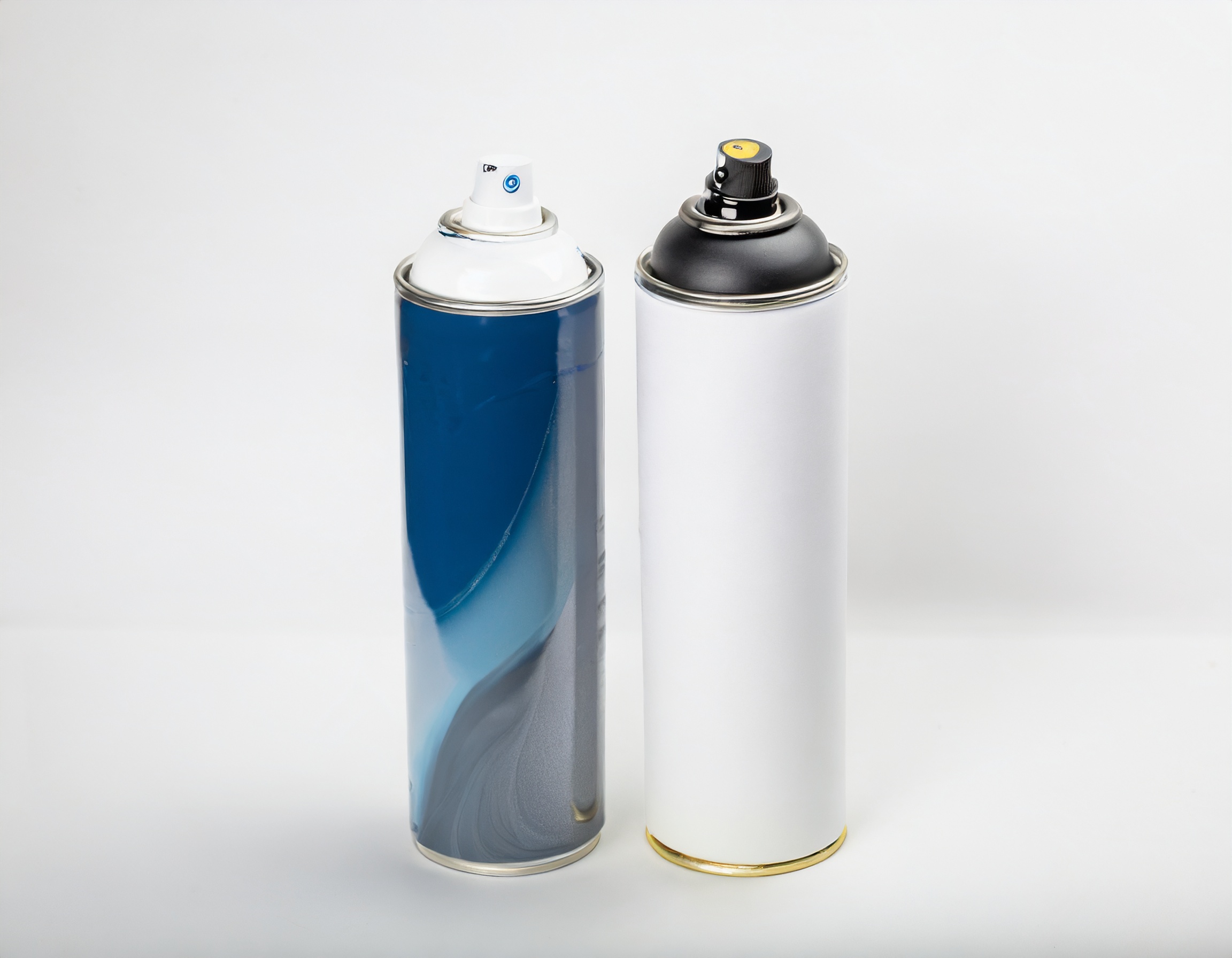

When choosing a paint, one of the biggest decisions is whether to use a solvent-based or water-based product. Both have strengths and weaknesses, and there are common misconceptions — especially around VOCs — that can lead to confusion.
What Are Solvent-Based Paints?
Also known as oil-based paints, these use organic solvents such as mineral spirits as carriers for pigment.
Advantages:
✅ Durability – hard, glossy, long-lasting finish.
✅ Smoothing – fills small cracks and imperfections.
✅ Adhesion – bonds well to most surfaces.
✅ Moisture resistance – suitable for kitchens, bathrooms, and exteriors.
✅ Colour retention – holds colour better over time.
Disadvantages:
❌ Longer drying times.
❌ Flammability risks during use and storage.
What Are Water-Based Paints?
Also called latex or acrylic paints, these use water as the main carrier.
Advantages:
✅ Fast drying – multiple coats in one day.
✅ Easy cleanup – soap and water only.
✅ Non-flammable – safer to store and use.
Disadvantages:
❌ Less durable than solvent-based alternatives.
❌ Weaker adhesion on oily or previously solvent-coated surfaces.
❌ Colour fade is more common.
❌ Moisture susceptibility – can peel or crack in damp areas.
❌ Raises wood grain, needing extra prep.
The VOC Misconception
Water-based paints are often marketed as “eco-friendly” because they tend to have low VOCs. However, many modern solvent-based paints now compete directly on VOC levels.
For example:
Water-based matt paint: up to 30 g/L VOC
Water-based gloss: up to 100 g/L VOC
Solvent-based synthetic matt: 18 g/L VOC
Solvent-based gloss: 70 g/L VOC
In some cases, solvent paints actually have lower VOCs than water-based.
Eco-Friendliness: Which Is Better?
There is no single winner.
Water-based paints are easier to clean and generally low in VOCs, but may contain biocides and have shorter lifespans.
Solvent-based paints may have higher VOCs in some formulas but can last longer, meaning less frequent repainting and reduced overall resource use.
Final Verdict
Both water-based and solvent-based paints have their place. The most important thing is to:
✅ Check the actual VOC content on the product label or TDS.
✅ Choose a paint that matches your project needs (durability, ease of use, finish).
✅ Don’t rely on old myths — eco-friendliness depends on formulation, not category.
Want to know more? See our VOC Information Page for detailed product VOC levels and safe use guidance.
To provide the best experiences, we use technologies like cookies to store and/or access device information. Consenting to these technologies will allow us to process data such as browsing behaviour, unique IDs, user accounts on this site etc. Not consenting or withdrawing consent, may adversely affect certain features and functions.